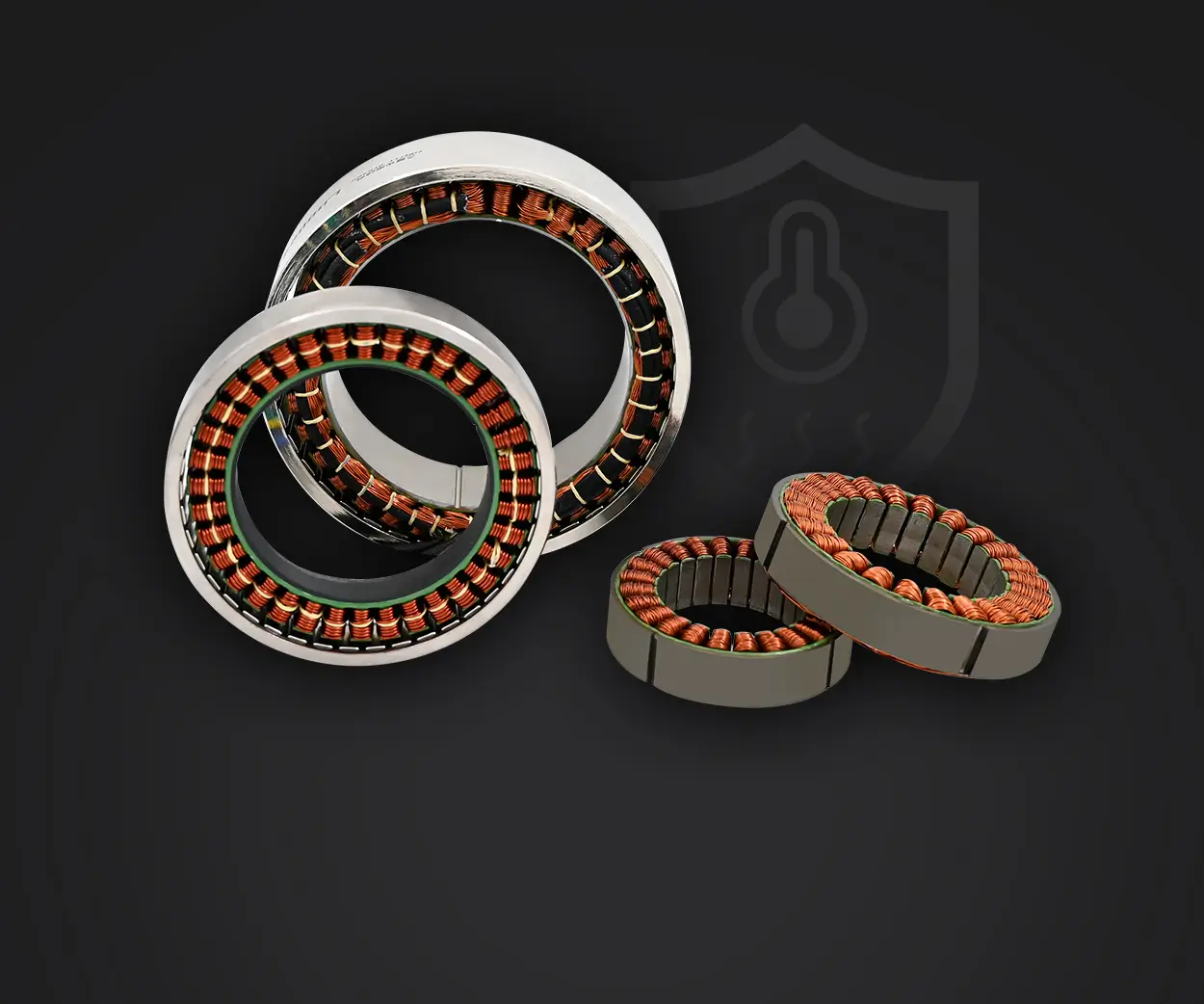Imagine a world where the boundaries between imagination and reality blur—a space where you can craft and customize parts precisely tailored to your needs, no matter how complex or unique. Welcome to the era of 3D printing, a transformative technology that’s revolutionized the way makers, engineers, and hobbyists approach their projects. Among the myriad applications of 3D printing, one stands out for its perfect marriage of practicality, innovation, and personalization: the creation of custom servo motor mounts.

Servo motors are the unsung heroes of robotics, automation, and remote-controlled devices. Their precise control over angular position makes them invaluable for everything from small drone adjustments to sophisticated robotic arms. However, the true magic happens when these motors are mounted securely and precisely in their chosen environment. This is where custom-designed servo mounts come in—an essential component that ensures optimal performance, safety, and durability.
Creating a dedicated servo motor mount through 3D printing unlocks endless customization possibilities. Unlike off-the-shelf mounting solutions, a custom mount can be tailored to fit any specific design requirement or spatial constraint. Whether you're building a compact robotic arm for a school project, designing an autonomous vehicle, or crafting an artistic kinetic sculpture, the ability to produce a personalized mount adds a new level of finesse and functionality.
The design process for a 3D printed servo mount begins with understanding the basic principles of mechanical fit and stability. For any successful mount, key factors include the mounting holes' size and pattern, the strength of the material, and the ease of assembly or disassembly. In a digital environment, you can model these parameters with precision, ensuring that the final print will hold up under operational stress.
One of the most compelling advantages of using 3D printing for servo mounts is rapid prototyping. Traditional manufacturing methods might involve machining or injection molding, which can be costly and time-consuming—particularly for one-off or experimental projects. With 3D printing, you can quickly iterate through multiple designs, testing different geometries or mounting techniques to optimize your build. This iterative process accelerates innovation, allowing you to learn, adapt, and improve in record time.
Furthermore, 3D printing offers a remarkable scope for complexity and creativity. Unlike traditional manufacturing, where intricate shapes might be difficult or expensive to produce, additive manufacturing allows for complex geometries—such as lightweight lattices or integrated cable management channels—that enhance both aesthetics and functionality. You can incorporate features like reinforced ribs to increase strength, aerodynamic contours, or even aesthetic elements like decorative patterns, making your projects uniquely yours.
When designing a servo motor mount, it's important to consider the type of 3D printing technology being used. Fused Deposition Modeling (FDM) is the most common and accessible method, suitable for most hobbyist applications. Materials like PLA or ABS are popular choices due to their ease of use and mechanical properties, but for more demanding environments, PETG or nylon can provide higher strength and durability. Each material comes with its own set of design considerations, such as wall thickness, infill density, and support structures, which influence the overall quality and performance of the final part.
Another aspect to pay attention to is the integration of electrical connections and movement clearance. A well-designed mount should not only hold the servo securely but should also facilitate wire routing, minimize vibrations, and allow for smooth movement. These considerations can be incorporated during the initial CAD modeling phase, helping you produce a highly functional piece that meets all your technical needs.
The beauty of 3D printing is also that it empowers creators to share their designs with a global community. Platforms like Thingiverse, MyMiniFactory, and GrabCAD host thousands of ready-to-print servo mounts created by enthusiasts worldwide. Exploring these resources can inspire new ideas, help troubleshoot design challenges, and even lead to collaborative innovations. Moreover, if you have specific requirements, you can modify existing designs or develop your own from scratch—turning your ideas into tangible parts in a matter of hours or days.
In essence, 3D printing a servo motor mount turns a simple component into a canvas of technological and creative exploration. Whether you're a seasoned engineer or a passionate hobbyist, this process encourages experimentation, fosters innovation, and cultivates a deep understanding of mechanical design. It’s about more than just mounting a motor—it’s about empowering your visions, refining your skills, and pushing the boundaries of what’s possible in DIY robotics.
Established in 2005, Kpower has been dedicated to a professional compact motion unit manufacturer, headquartered in Dongguan, Guangdong Province, China.




































